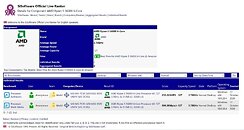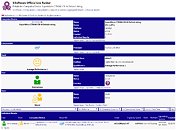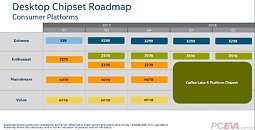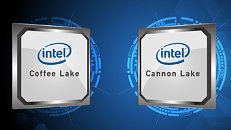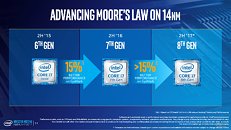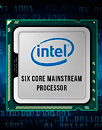
Intel Arc "Battlemage" Xe2-HPG BMG-10 & BMG-21 GPUs Discovered in Shipping Manifest
Speculated lower-end Intel second generation Arc GPUs popped up via SiSoftware Sandra database entries around mid-March—evaluation samples are likely in the hands of trusted hardware partners. Yesterday, momomo_us happened upon another interesting shipping manifest, following a series of AMD-related leaks. The latest list reveals five "Battlemage" products—three utilizing the BMG-21 GPU, and the remaining two being based on the BMG-10 design. These identifiers have appeared in older leaks, although the latter has been viewed in place sight—chez Intel Malaysia's Failure Analysis Lab.
Previous leaks suggest that these second generation Arc models (Xe2) reside within a "High-Performance Graphics" (HPG) discrete GPU family—the Xe2-HPG BMG-10 range is likely targeting an "enthusiast" market segment, while the Xe2-HPG BMG-21 tier is rumored to offer mid-tier performance. Intel staffers have expressed confidence about a possible late 2024 launch window. Back in January, Tom "TAP" Petersen revealed that the Arc hardware team had already moved onto third-gen "Celestial" GPU endeavors: "I'd say about 30% of our engineers are working on Battlemage, mostly on the software side because our hardware team is on the next thing." The first-gen deck has not been cleared fully it seems—the Alchemist family could be joined by two new variants in the near future.
Previous leaks suggest that these second generation Arc models (Xe2) reside within a "High-Performance Graphics" (HPG) discrete GPU family—the Xe2-HPG BMG-10 range is likely targeting an "enthusiast" market segment, while the Xe2-HPG BMG-21 tier is rumored to offer mid-tier performance. Intel staffers have expressed confidence about a possible late 2024 launch window. Back in January, Tom "TAP" Petersen revealed that the Arc hardware team had already moved onto third-gen "Celestial" GPU endeavors: "I'd say about 30% of our engineers are working on Battlemage, mostly on the software side because our hardware team is on the next thing." The first-gen deck has not been cleared fully it seems—the Alchemist family could be joined by two new variants in the near future.





























